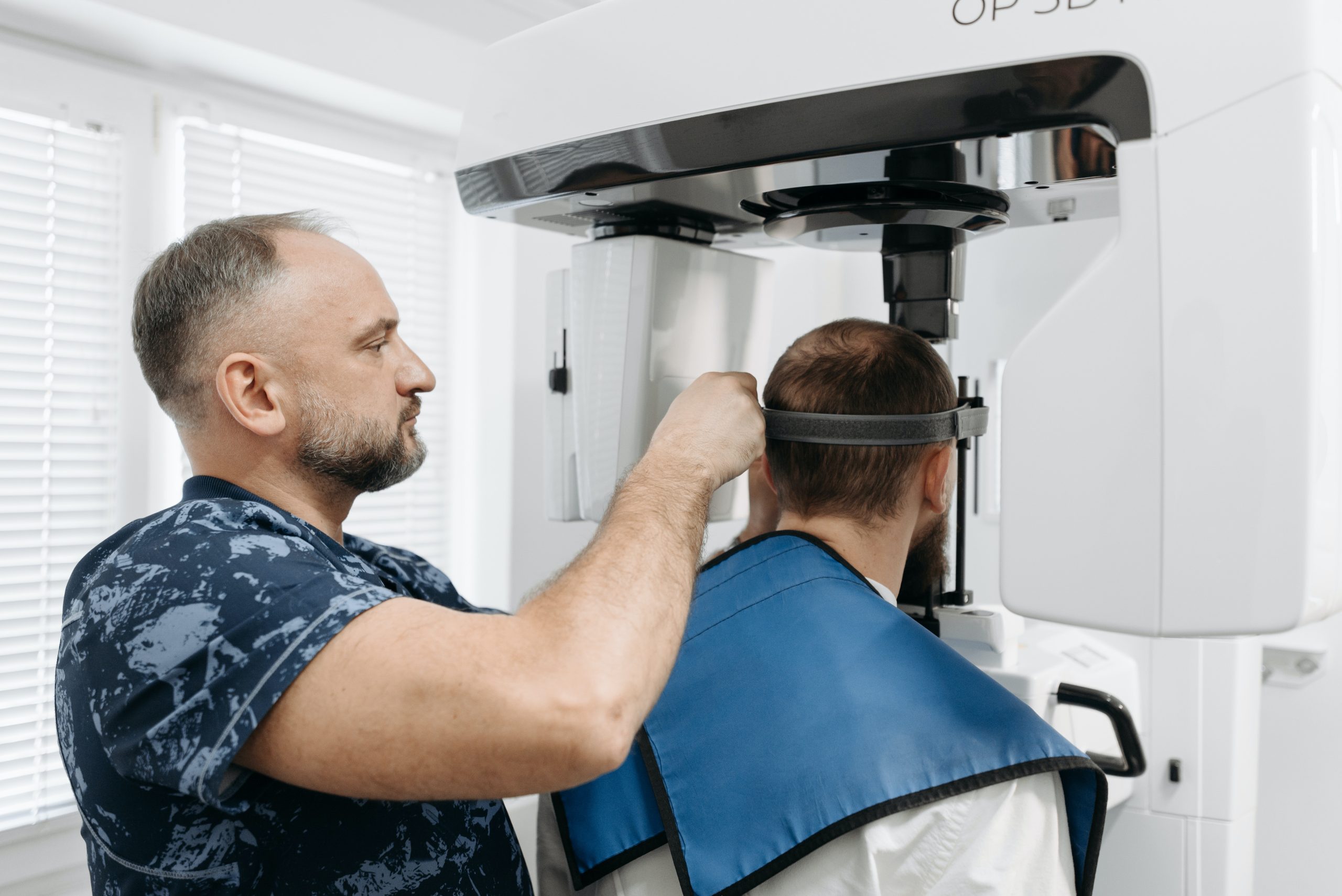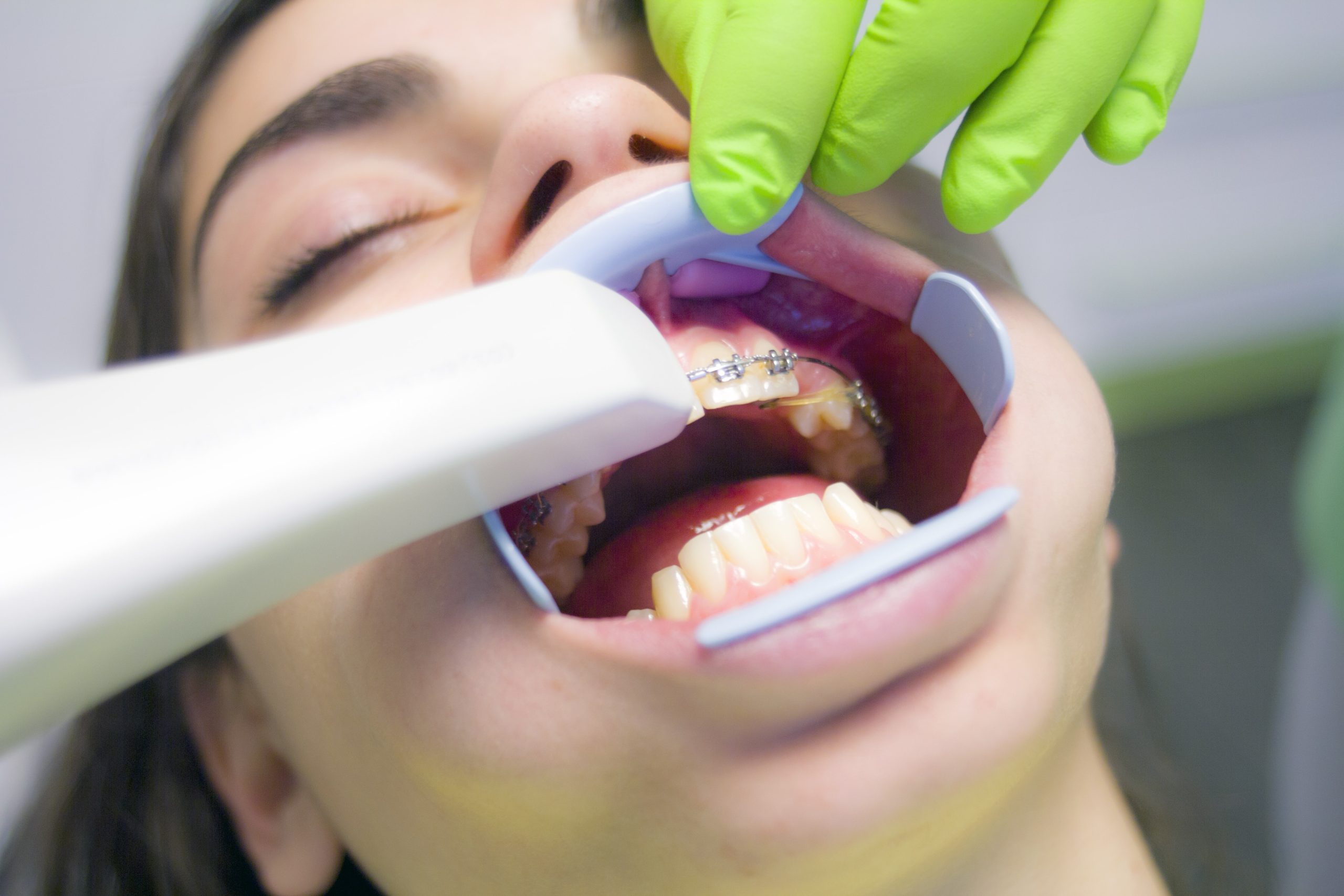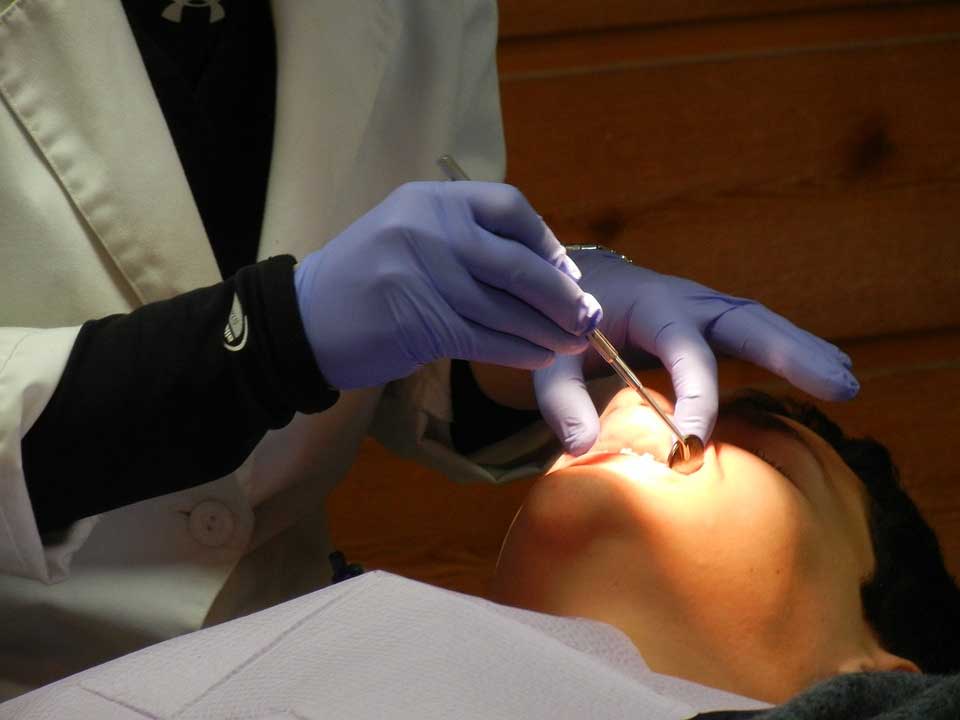What Should You Expect Post Gum Grafting Operation?
Gum grafting is a surgical procedure that aims to restore and enhance the health and aesthetics of the gums. While the procedure is crucial in addressing issues such as gum recession, the post-operative period is equally important for achieving successful results.
This article will explore what gum grafting entails, how it is performed, and what you can expect during the critical post-operative phase. Understanding what happens after gum grafting can help you prepare, promote healing, and ensure the long-term health of your gums and teeth.
What Is Gum Grafting?
Gum grafting, or periodontal plastic surgery or gingival grafting, is a dental procedure designed to treat gum recession. Gum recession occurs when the gum tissue surrounding the teeth pulls away or wears down, exposing the tooth roots. This condition affects the smile’s appearance and leaves the tooth roots vulnerable to sensitivity, root decay, and other dental issues.
Gum grafting involves transplanting or manipulating gum tissue to cover and protect the exposed tooth roots. It is a commonly performed procedure to address gum recession, improve oral health, and enhance the smile’s aesthetics. Learn more about this procedure by approaching your dentist or conducting online research.
How Is It Done?
The gum grafting procedure is typically performed in a dental or periodontal specialist’s office and can be done using one of several techniques:
- Connective Tissue Graft: This is the most common gum grafting technique. During this procedure, a small flap of tissue is created from the palate (roof of the mouth), and a thin layer of tissue is removed from under the flap. The harvested tissue is then stitched over the exposed tooth roots, effectively covering the recession.
- Free Gingival Graft: A small amount of tissue is directly removed from the palate and transplanted onto the areas with gum recession. This technique is often used when thicker gum tissue is needed.
- Pedicle Graft: The pedicle graft involves using adjacent gum tissue, which remains attached to the gums. The flap is partially cut and removed to cover the exposed tooth roots. This technique is suitable when adequate nearby gum tissue is available for grafting.
- Allograft or Xenograft: In some cases, synthetic or donor tissue may be used instead of tissue from the patient’s palate. These grafting materials can eliminate the need for a second surgical site on the palate.
Before the procedure, you will have a consultation with your periodontist or dentist, during which they will assess your oral health, discuss your goals, and determine the most suitable grafting technique for your specific needs.
What Happens Post Gum Grafting?
The post-operative period following gum grafting is crucial for a successful recovery and achieving the desired results. Here’s what you can expect during this phase:
1. Dealing With Pain Management and Discomfort
Handling pain and discomfort is usually the first hurdle to overcome following the procedure. Dental professionals often prescribe over-the-counter pain relievers or anti-inflammatory medication to help manage post-surgery pain. However, everyone’s pain threshold is different, so the level of discomfort varies from patient to patient.
2. Changes in Diet and Oral Care Routine
Post gum grafting operation, expect to switch to a soft food diet temporarily. This could include foods such as mashed potatoes, yogurt, and soup. Simultaneously, you must be extra gentle while brushing and flossing, especially around the surgical site, to avoid injuring the graft.
3. Understanding the Healing Process
The healing process is typically split into three stages. The first stage is the initial healing stage, which lasts a week or two. After that, the maturation stage begins and lasts several weeks. The final stage, the remodeling stage, can last a few months. However, total healing time depends on factors like your overall health, dental hygiene, and adherence to post-op instructions.
4. Monitoring for Complications
Like any surgical procedure, complications can arise following a gum grafting operation. These might include infection, bleeding, or swelling. Therefore, any sudden pain or discomfort should be reported to your healthcare provider immediately to ensure proper care and handling.
5. Regular Follow-up Appointments
After your gum grafting operation, regular follow-up appointments with your dental practitioner are necessary. These check-ups are crucial to ensure that the healing process progresses smoothly.
Other Dental Procedures
Dental Implants
When considering any dental procedure, it is crucial to understand the cost involved. Regarding dental implants, the price can vary due to factors such as the case’s complexity and geographical area. For more accurate and budget-friendly services, consider a trusted clinic like Custom Periodontics & Implantology, which tailors implant solutions to individuals’ needs and resources.
All-on-4 Dental Implants
In your quest to find suitable dental solutions, you may come across all-on-4 dental implants. These solutions replace multiple, or even all, teeth with only four implants. They serve as an effective alternative to dentures and individual implants. It would be best to consult with a well-versed dental professional for expert dental implant solutions.
Conclusion
Going through a gum grafting operation can be intimidating and stressful. However, the process becomes manageable with proper care and knowledge of what to expect post-operation. Remember, maintaining good oral hygiene and a healthy lifestyle are instrumental in promoting a smooth recovery process. Sure, there will be discomfort, diet changes, and lifestyle adjustments. But when you see the results and feel the improvement in your oral health, you’ll realize it was a valuable investment for your dental health.















